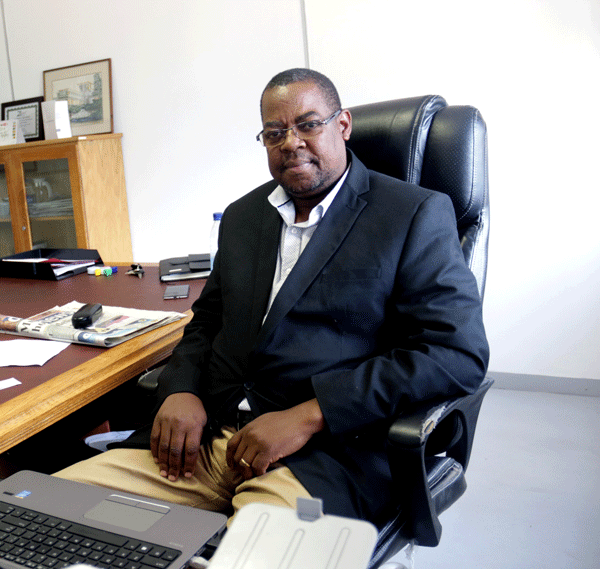
DURBAN — Female journalists continue to experience sexual harassment, as well as cyberbullying without proper support mechanisms being put in place by their employers to deal with the unsettling behaviour.
by VENERANDA LANGA/PHYLLIS MBANJE

Addressing delegates during a discussion on harassment in the newsroom at the Durban International Convention Centre (ICC) at the inaugural Women in News (WIN) summit, Alpha Media Holdings managing director Vincent Kahiya said employers needed to develop a code of conduct to assist newsrooms to deal with gender-based violence.
“In this part of the world of Southern Africa, and in Zimbabwe in particular where I come from, the issue of harassment of journalists — in particular sexual harassment — has been regarded as irrational, or of little inconvenience for managers to deal with for a long time, and women have received a lot of harassment,” Kahiya said.
“They have reported to authorities who shoo them away and nothing happens.”
Kahiya said in Zimbabwe a tool against gender-based violence had been prepared by Gender Media Connect and developed into an application on sexual harassment.
“It is something that employers can use to develop into a code of conduct, but what is left is for us to extract from it and ensure we live those experiences and make them into a code of conduct. It is not just harassment of female journalists, there is also cyberbullying and online harassment, as well as physical harassment of female journalists — some of it perpetrated by news sources like politicians,” he said.
Zaffar Abbas, editor of Dawn newspaper in Pakistan, said there was need for sensitisation of women in the newsroom about issues of sexual harassment.
- Chamisa under fire over US$120K donation
- Mavhunga puts DeMbare into Chibuku quarterfinals
- Pension funds bet on Cabora Bassa oilfields
- Councils defy govt fire tender directive
Keep Reading
Abbas said his newsroom had two-thirds of females sitting in the editorial board, which had helped in understanding issues affecting women and gender-sensitive reporting.
“We have put a notice board in the newsroom to encourage women to report cases of harassment.”
Chief executive officer of Rappler in the Philippines, Maria Ressa, said 64% of female reporters in her country had faced death and rape threats.
“What we have done is to send the female journalists for counselling, and once someone gets attacked we all come in to deal with the issue,” Ressa said.
International News Safety Institute director Hannah Storm said the first step to deal with all forms of harassment of women in the media, including online harassment, was to sit together and talk about it in order to come up with solutions.
Randi Ogrey, the director of Media Business Association in Norway, said media houses must craft action plans on gender-based violence.
Ferial Haffajee, editor-at-large at the Huffington Post South Africa, said newsrooms must name and shame the perpetrators of harassment of female journalists so that they begin to retreat and to stop their violence.











